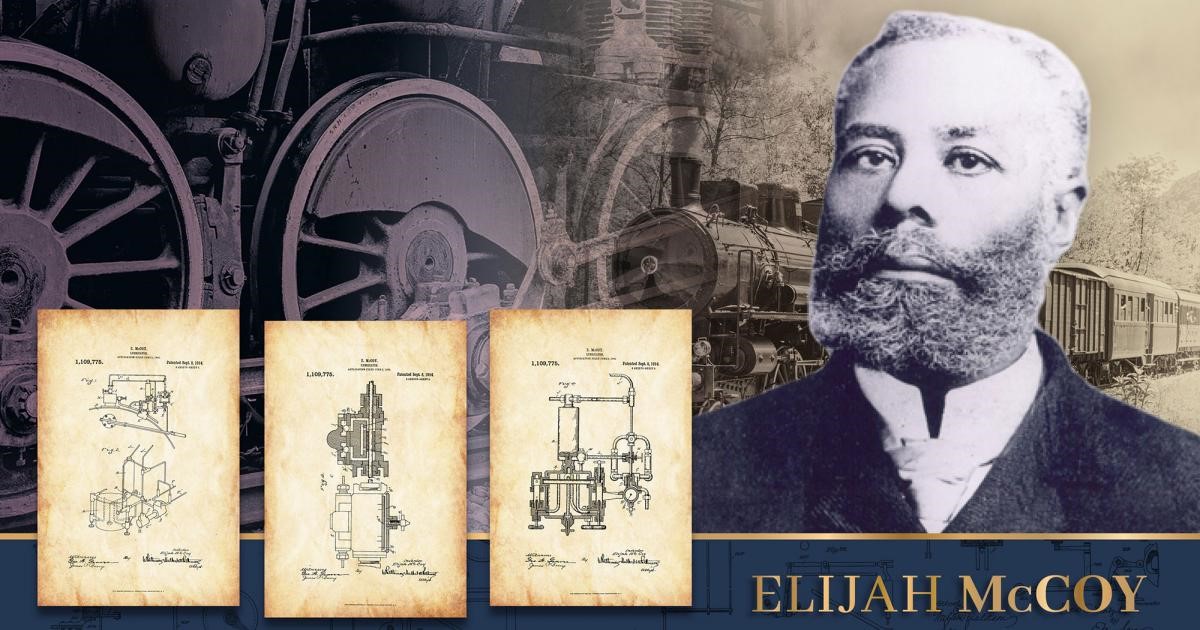 By Neenah Payne
By Neenah Payne
People often demand “the real McCoy” when they want something authentic. On May 2, Google had a graphic celebrating Elijah J. McCoy (May 2, 1844 – October 10, 1929), a Canadian-American engineer of African-American descent who invented lubrication systems for steam engines that revolutionized transportation worldwide — making train travel faster, safer, and more profitable and affordable.
Born free on the Ontario shore of Lake Erie to parents who fled enslavement in Kentucky, he travelled to the United States as a young child when his family returned in 1847, becoming a US resident and citizen. His inventions and accomplishments were honored in 2012 when the United States Patent and Trademark Office named its first regional office, in Detroit, Michigan, the “Elijah J. McCoy Midwest Regional Patent Office”.
Born in Colchester, Ontario to George and Mildred Goins McCoy, McCoy attended the Upper Canadian schools. At age 15, in 1859, McCoy was sent to Scotland where he was apprenticed and, after studying at the University of Edinburgh, certified as a mechanical engineer. By the time he returned, the George McCoy family had established themselves on the farm of John and Maryann Starkweather in Ypsilanti, Michigan. George used his skills as a tobacconist to establish a tobacco and cigar business.
McCoy could find work only as a fireman and oiler at the Michigan Central Railroad. In a home-based machine shop, McCoy also did more highly-skilled work such as developing improvements and inventions. He invented an automatic lubricator for oiling the steam engines of locomotives and ships, patenting it in 1872 as “Improvement in Lubricators for Steam-Engines” (U.S. Patent 129,843).
He had patented similar automatic oilers had been patented previously. One is the displacement lubricator which had attained widespread use and whose technological descendants continued to be widely used into the 20th century. Lubricators were a boon for railroads as they enabled trains to run faster and more profitably with less need to stop for lubrication and maintenance. McCoy continued to refine his devices and design new ones; most of his patents dealt with lubricating systems, including a further patent in 1898 which added a glass ‘sight-feed’ tube to monitor the rate of lubricant delivery (U.S. Patent 614,307).
After the turn of the century, he attracted notice among his Black contemporaries. Booker T. Washington, in Story of the Negro (1909), recognized him as having produced more patents than any other Black inventor up to that time. This creativity gave McCoy an honored status in the Black community that has persisted to this day.
He continued to invent until late in life, obtaining as many as 57 patents; most related to lubrication, but others also included a folding ironing board and a lawn sprinkler. Lacking the capital with which to manufacture his lubricators in large numbers, he usually assigned his patent rights to his employers or sold them to investors. Lubricators with the McCoy name were not manufactured until 1920, near the end of his career, when he formed the Elijah McCoy Manufacturing Company to produce them.
Historians have not agreed on the importance of McCoy’s contribution to the field of lubrication. Early-20th century lubrication literature barely mentions him. For example, his name is absent from E. L. Ahrons‘ Lubrication of Locomotives (1922), which does identify several other early pioneers and companies of the field.
Regarding the phrase “The real McCoy”
This popular expression, typically meaning the real thing, has been attributed to Elijah McCoy’s oil-drip cup invention. One theory is that railroad engineers looking to avoid inferior copies would request it by name, and inquire if a locomotive was fitted with “the real McCoy system”. This theory is mentioned in Elijah McCoy’s biography at the National Inventors Hall of Fame. It can be traced to the December 1966 issue of Ebony in an advertisement for Old Taylor bourbon whiskey: “But the most famous legacy McCoy left his country was his name.” A 1985 pamphlet printed by the Empak Publishing Company also notes the phrase’s origin but does not elaborate….The expression “The real McCoy” was first published in Yorkville (now part of Toronto), Ontario, in 1881.
McCoy married for the second time in 1873 to Mary Eleanora Delaney. The couple moved to Detroit when McCoy found work there. Mary McCoy (died 1923) helped found the Phillis Wheatley Home for Aged Colored Men in 1898. Elijah McCoy died in the Eloise Infirmary in Nankin Township, now Westland, Michigan, on October 10, 1929, at the age of 85, after suffering injuries from a car accident seven years earlier in which his wife Mary died. He is buried in Detroit Memorial Park East in Warren, Michigan.
How Elijah McCoy Invented “The Real McCoy”
“During America’s Industrial Revolution, there was perhaps no invention more impactful than the steam engine. By boiling water and using hot steam to drive a piston back and forth, the movement of the piston would then power a machine or rotate a wheel. This allowed factories to transition away from relying on wind and waterpower sources, allowing these facilities to be built anywhere.
It soon became clear that steam had the potential to revolutionize both manufacturing and transportation. In 1829, the first steam locomotives were imported from England and began to be used for the transportation of materials, and eventually people, across the country at an unprecedented pace. To function properly, steam engines needed constant fuel and lubrication. The former could be completed while the train was moving by shoveling coal into the firebox, but for the latter to occur, the train needed to come to a complete stop so that it wouldn’t overheat.
However, thanks to the automatic engine lubricator invented by National Inventors Hall of Fame Inductee® (NIHF) Elijah McCoy, steam-powered trains no longer had to stop during travel in order to lubricate. Read below to learn more about how McCoy overcame great odds to invent a device that was foundational to steam-powered train travel.
Early Life
McCoy was born on May 2, 1844, in Colchester, Ontario, Canada to George and Mildred McCoy. Born into slavery, his parents had fled Kentucky and arrived in Canada using the Underground Railroad. George decided to enlist in the British forces and was awarded 160 acres of land in return. At the age of 3, McCoy and his family moved back to the U.S. and eventually settled in Ypsilanti, Michigan, where his father opened a tobacco business. Even from a young age, McCoy loved playing with his father’s tools and machines, and he experimented with different ways to fix and improve them.
The Real McCoy
When he turned 15, McCoy was sent to school in Edinburgh, Scotland, where he studied mechanical engineering. When he returned to the U.S., he landed a job working for the Michigan Central Railroad. The company’s deep-rooted discriminatory practices excluded Black men from becoming engineers at that time, so McCoy was hired to work in the boiler room of trains as a fireman. This position required him to shovel coal into the train’s furnace and maintain the engine’s moving parts, axles, and bearings.
Though working as a fireman was not ideal, thanks to his training and education, McCoy was able to develop a more effective way to lubricate the engine and prevent it from overheating. What he came up with was an automatic lubricator that used steam pressure to pump oil where it was needed. McCoy patented his invention, known as an “oil-drip cup,” in 1872, and the device was an instant success. However, due to its ingeniously simple design, other railroads began creating similar versions. Historians believe that because McCoy’s version of the “oil-drip cup” was the most effective, engineers began asking for “the real McCoy.”
“McCoy’s patented device was quickly adopted by the railroads, by those who maintained steamship engines and many others who used large machinery,” wrote the University of Michigan. “The device was not particularly complicated, so it was easy for competitors to produce similar devices. However, McCoy’s device was an original development and, apparently, had the best reputation.”
A Lasting Legacy
Throughout his life, McCoy continued to improve the effectiveness and design of his automatic lubricator. The Michigan Central Railroad promoted him to the position of an instructor, where he taught others how to use his inventions, and he later became a consultant to the railroad industry at large regarding patents. At the time of his passing in 1929, he held 57 U.S. patents, primarily related to the railroad industry.
Learn More About Our Inspiring Inductees
To read more stories behind some of the world’s most impactful inventions, we invite you to visit our blog.”
Historical Marker
McCoy Revolutionized Transportation
Elijah McCoy Changed Our History And Our Transportation
“You may have heard the phrase ‘The Real McCoy,’ but do you know where it comes from? Elijah McCoy was a Black inventor and engineer in the late 1800s and early 1900s. He is known for his 57 U.S. patents and for completely revolutionizing the railroad industry.
Elijah McCoy was born in Colchester Ontario Canada and moved to Michigan as a child; his parents were escaped slaves who had left Kentucky through the Underground Railroad. His parents saved up and were able to send McCoy to Scotland to encourage his mechanical interest and studies. He returned to the U.S. as a certified mechanical engineer.
Despite McCoy’s skill and qualifications, it was almost impossible to find work due to the color of his skin. Skilled professional positions were not available for African Americans at the time, regardless of their training or background. After taking a railroad job with the Michigan Central Railroad, McCoy continued to develop his ideas on his own time. He studied inefficiencies in the existing locomotive technology.
In 1872, McCoy patented a device known as a lubricating cup that automatically oiled locomotive parts while the train was moving. Before this, trains would overheat and had to be stopped for hours to cool down so steam engines could be re-oiled. His invention saved train companies countless hours and profits and made transportation more reliable and efficient.
Other engineers quickly copied the massive technological breakthrough, but his skill and craftsmanship were difficult to replicate correctly. His name became synonymous with superior quality; railroad workers would ask for ‘the real McCoy‘ and would refuse to use technology from another company.
McCoy never stopped working or improving his devices; he patented nearly 60 inventions in his life. Many related to improving train travel, but he also designed ironing boards, lawn sprinklers, and other machines we use today. In 1920, McCoy formed the Elijah McCoy Manufacturing Company toward the end of his life and gained even more credibility and respect. Elijah McCoy died on October 10th, 1929.
Even though the world and industry were working against him, McCoy changed and improved transportation for all of us worldwide. Thank you, Elijah McCoy.”
Elijah McCoy and His Inventions
“In 1916, he invented the graphite lubricator which allowed superheater trains and devices to be oiled, and in 1920 McCoy started the “Elijah McCoy Manufacturing Company” through which he upgraded and sold the graphite lubricator and other inventions. Using an idea he got from his wife, he created and patented the movable ironing board and later invented and patented the lawn sprinkler.”
Black Inventors
List of African-American inventors and scientists
Inventions – Black His and Her story
Little Known Facts in Black History: Black Inventors
Black Inventors and Their Inventions
Books
Black Stars — African American Inventors:
“For more than three centuries, African American inventors have been coming up with ingenious ideas. In every era, black inventors have made people’s lives safer, more comfortable, more convenient, and more profitable. This collection shines history’s spotlight on these courageous inventors and discoverers. They persevered despite prejudice and obstacles to education and training.”
101 Black Inventors and their Inventions
Black Inventors: 15 Inventions that Changed the World
“Black inventors have achieved some of the world’s greatest advancements in science, technology, engineering, and math. This book highlights 15 men and women who made a big impact with their inventions.”
Black American Inventors
15 Untold Black History Inventors Wasn’t Taught At School
Alexander Graham Bell
It will come as a shock to many Americans to learn that Alexander Graham Bell, inventor of the telephone, was of African descent. At 1:20, the video below discusses a letter Bell sent his mother describing his new-born daughter as “black” with a swarthy complexion. The video explains when much of European history began to be “whitewashed” — to paint historic figures of African descent as “White”. This is a profound topic of major historical significance that will be discussed in later articles.
Black European History Revealed
https://youtu.be/9LjWTR7_KQc
The Falsification of History
The Falsification of History by John Hamer points out that French philosopher Voltaire said “History is a lie, commonly agreed upon”.
Hamer adds on page 14,
“I believe it to be no great exaggeration to say that almost everything you think you know about history and the present-day is wrong.”
On page 35, he raises the question,
“But what if virtually the whole of the history of our species was distorted and inaccurate as well as our current reality not being as portrayed. What if so-called mainstream science, history and education could not be trusted…. what if we have all been lied to on a scale that beggars belief, all our lives, not just about history and science, but also religion, politics, archeology, anthropology, and many other subjects?
This may seem like a bizarre series of rhetorical questions, but as strange as it sounds, many respected researchers outside the mainstream whose numbers are growing daily, believe that these questions are pertinent exactly to the state of affairs in existence today….The world is a far, far different place to what one imagines or is conditioned to believe…there is much evidence emerging now that proves that the received wisdom regarding the nature of our ‘reality’ is false.”
While the book explores questions beyond the falsification of our history, the degree to which European and American history have been falsified is nothing short of breathtaking.
The Octopus of Global Control quotes Stephen Bassett, Executive Director, Paradigm Research Group who said:
“Imagine if the ‘truth’ was a huge jigsaw puzzle, a big box with 20,000 pieces…. It is a picture of the world as it really is. You come into this world…you are handed this box and the idea is to put all the pieces together. And if you put the pieces together…it will be the truth about the world….
Except there is a problem. It turns out that the …. government has taken a whole bunch of those pieces out of your box…. Well, that’s a problem, but it gets worse. They’ve grabbed a bunch of pieces from another box, another puzzle, and thrown them into your box…. And now you have to put this thing together with an idea that what you are going to find is the truth.
That is an almost impossible situation.”
Neenah Payne writes for Activist Post and Natural Blaze
Become a Patron!
Or support us at SubscribeStar
Donate cryptocurrency HERE
Subscribe to Activist Post for truth, peace, and freedom news. Follow us on SoMee, Telegram, HIVE, Flote, Minds, MeWe, Twitter, Gab, What Really Happened and GETTR.
Provide, Protect and Profit from what’s coming! Get a free issue of Counter Markets today.


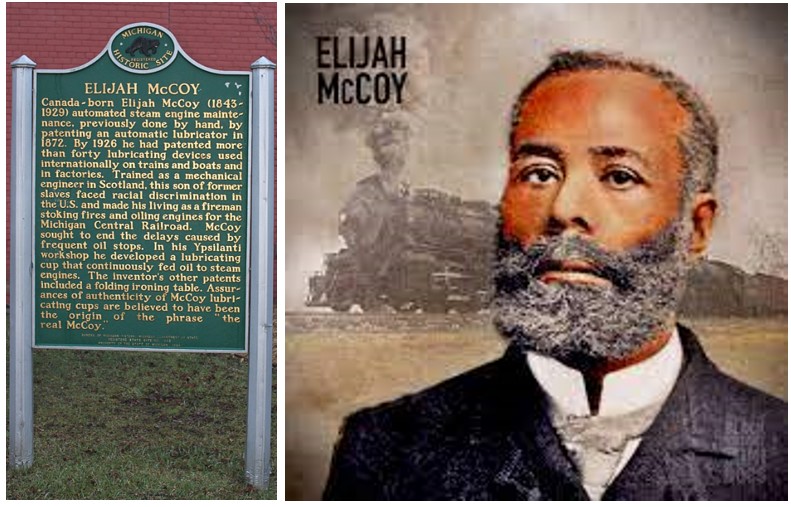


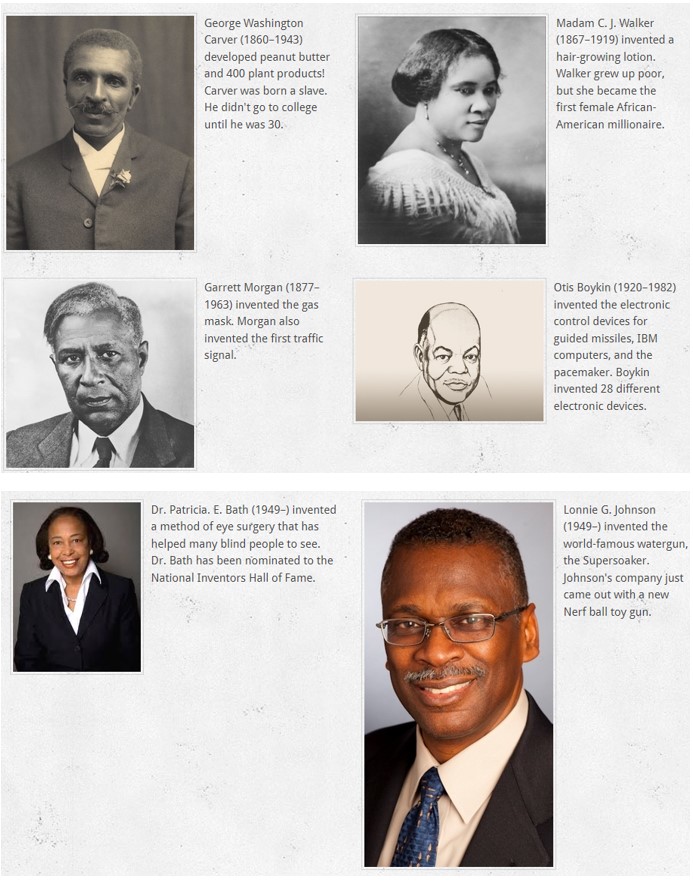
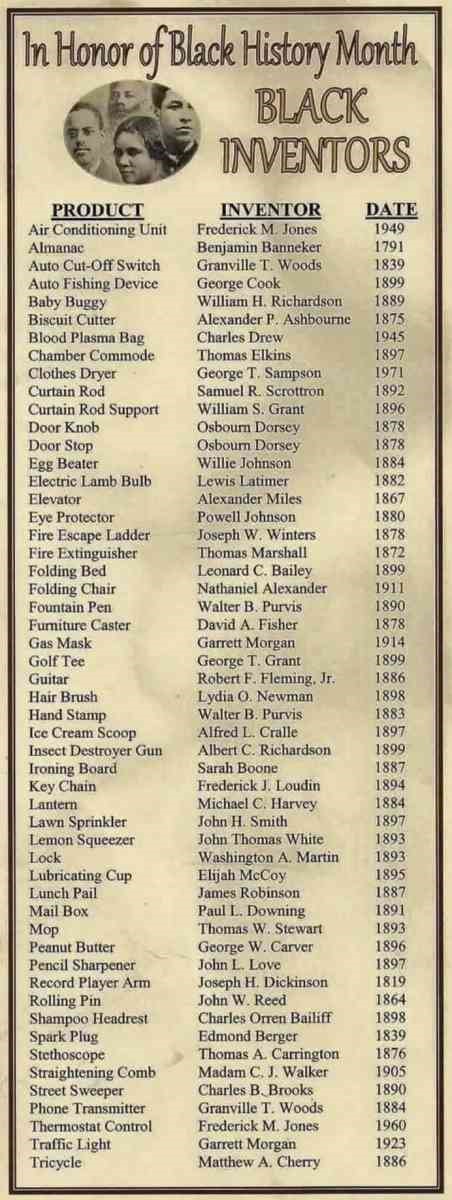




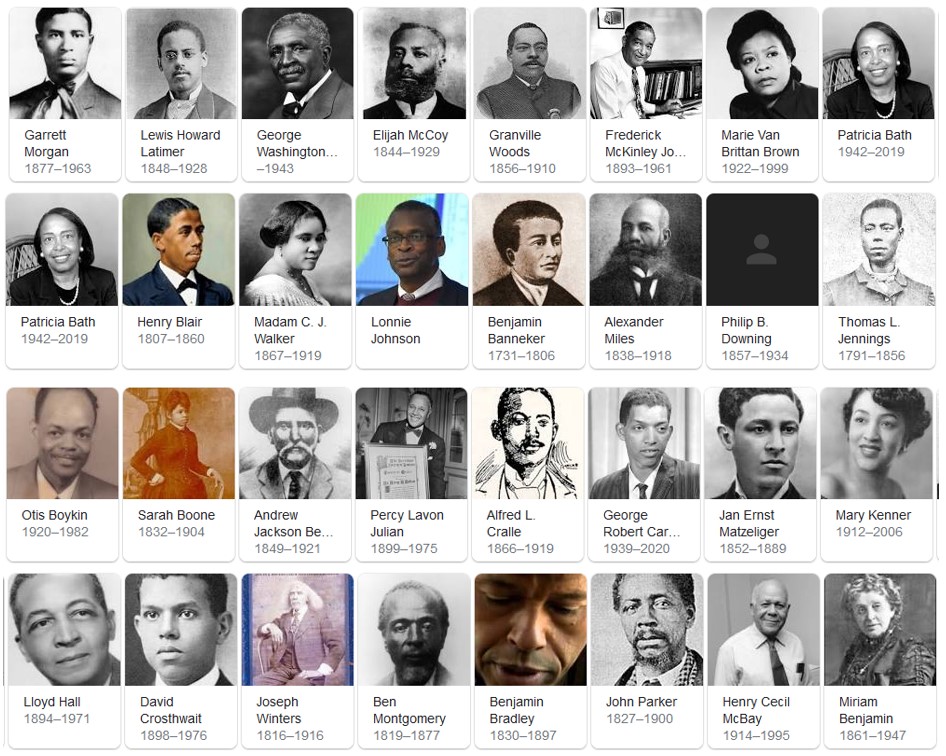
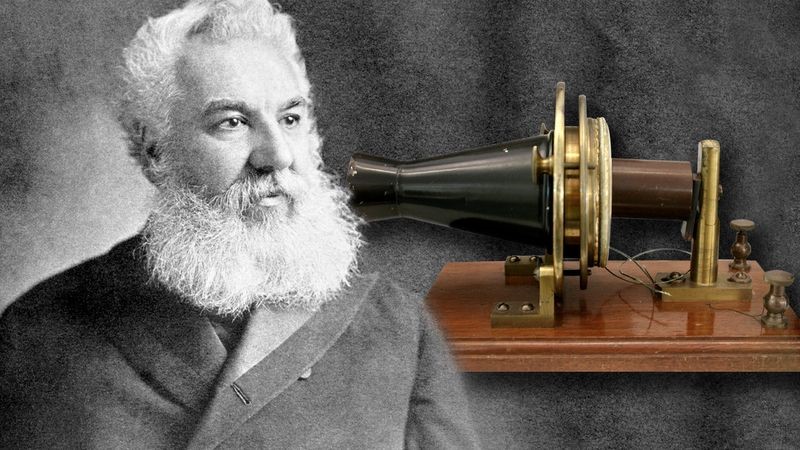



Be the first to comment on "Who Was The Real McCoy?"